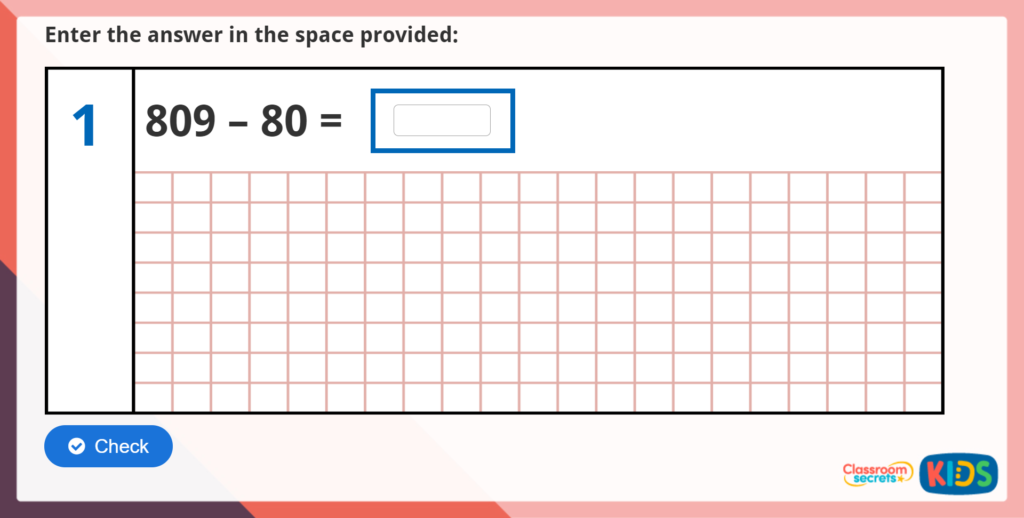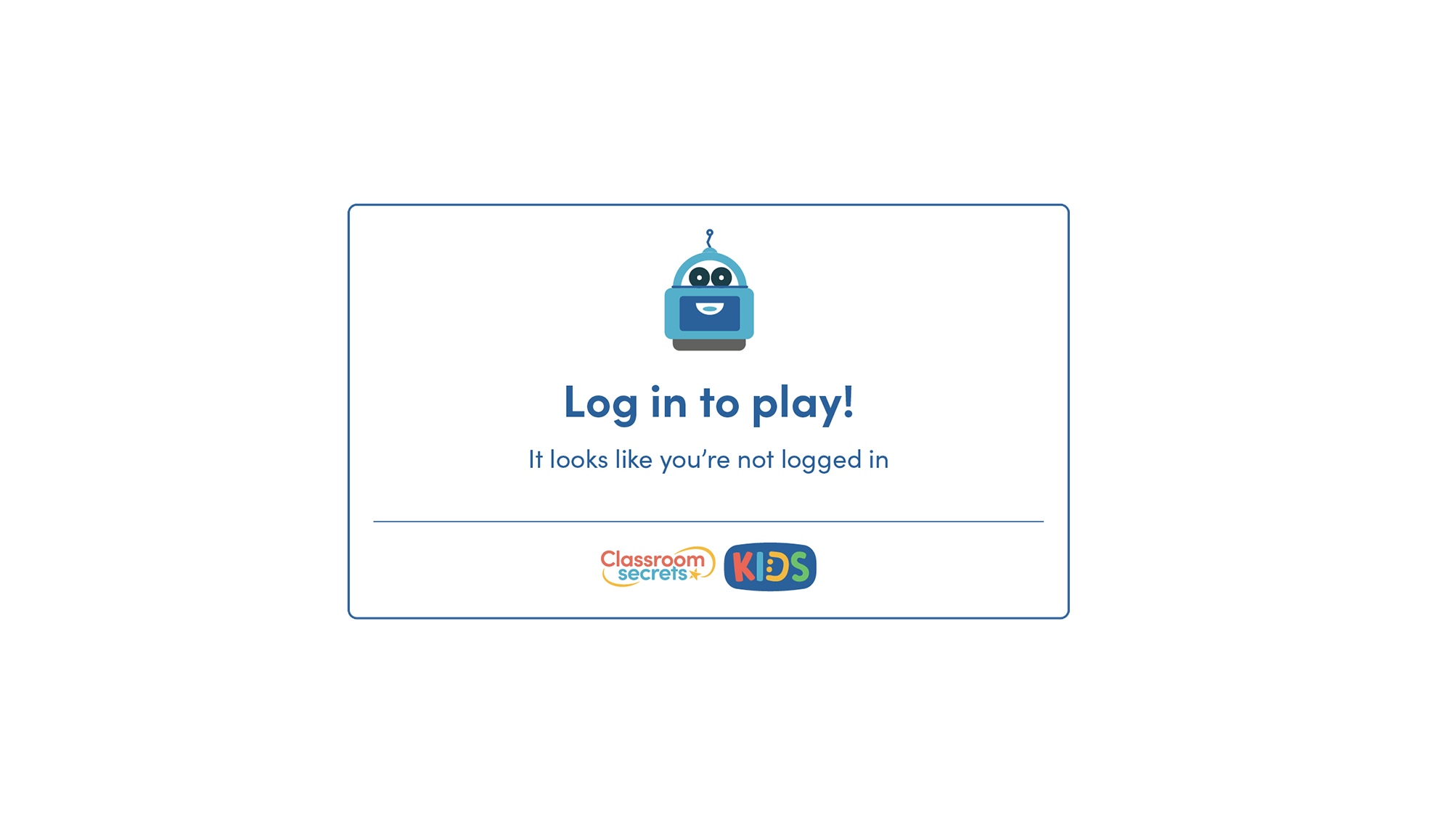Year 6 SATs Arithmetic Test Practice 13
Teacher Specific Information
This Year 6 Sats Arithmetic Test Practice 13 comprises 10 questions based on the Key Stage 2 arithmetic assessments. Some questions might require the use of a pencil and some paper to carry out written calculations.
National Curriculum Objectives
Number – Addition, subtraction, multiplication and division
(3C1) – add and subtract numbers mentally, including: a three-digit number and ones; a three-digit number and tens; and a three-digit number and hundred
(3C7) – write and calculate mathematical statements for multiplication and division using the multiplication tables that pupils know, including for two-digit numbers times one-digit numbers, using mental and progressing to formal written methods
(4C2) – add and subtract numbers with up to 4 digits using the formal written methods of columnar addition and subtraction where appropriate
(5C6b) – multiply and divide whole numbers and those involving decimals by 10, 100 and 1,000
(5C7b) – divide numbers up to 4 digits by a one-digit number using the formal written method of short division and interpret remainders appropriately for the context
(6C7b) – divide numbers up to 4 digits by a two-digit whole number using the formal written method of long division, and interpret remainders as whole number remainders, fractions, or by rounding, as appropriate for the context
Number – Fractions (including decimal and percentages)
(5F8) – read, write, order and compare numbers with up to three decimal places
(6F9a) – identify the value of each digit to three decimal places and multiply and divide numbers by 10, 100 and 1,000 giving answers up to three decimal places
(6F4) – add and subtract fractions with different denominators and mixed numbers, using the concept of equivalent fractions
Ratio and Proportion
(6R2) – solve problems involving the calculation of percentages [e.g. of measures such as 15% of 360] and the use of percentages for comparison








